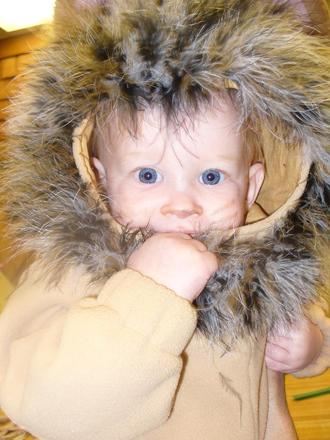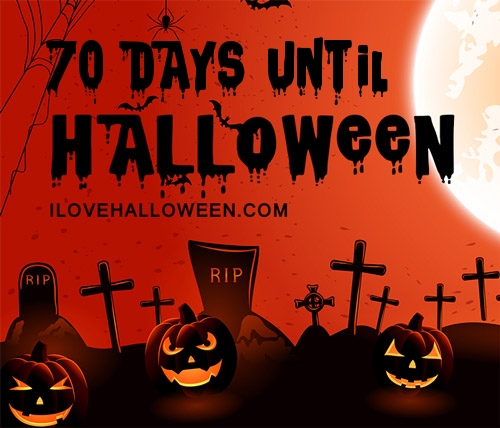I♥Halloween > Halloween Costumes
Halloween costumes are creative disguises worn by individuals on October 31st or the surrounding days of Halloween. Mass media has provided and abundance of inspiration for costumers to celebrate in their own style and fashion. Frightening and supernatural costumes such as zombies, demons, vampires, and werewolves are worn traditionally, but in more recent years many individuals wear costumes related to fairy tales, fictional and nonfictional heroes or villains.
Origins
For centuries Halloween costumes have been manifestations of societies fears and desires. They are thought to have originated during the Celtic festival of Samhain, a Pre-Christian holiday feast which fell on October 31st – November 1st. Samhain was seen as a transitional time when fairies and spirits of the dead could enter the Earthly plane, as fabled by storytellers. Costumes and masks representing supernatural creatures were worn during this ancient pagan festival as a means to disguise oneself and ward off spirits. After Christianity merged with the Celtic region in the 5th century, some of the customs from Samhain were assimilated into the Christian traditions of ‘All Hallows’ Eve’. Some say, All Hallows’ Eve provided wandering souls one last chance to get vengeance on their enemies, so people would disguise themselves in costumes, so as not to be seen or harmed.
Early History
Trick-or treating has it’s roots in the 16th century among several European areas which partook of festivities called ‘mumming’ and ‘guising’. People dressed in costumes, knocked on doors, and sang songs for food during the festival of All Hallows’ Eve. By the 19th century, in Scotland, kids painted their faces black and threatened people who didn’t welcome them. In parts of Wales men dressed as fearsome beings and or as the opposite sex. In others parts of Europe, especially in the Celtic areas, people dressed as mystical spirits.
It has also been suggested that trick or treating originated with the Christian custom of sharing cakes called “soaling”. During soaling parties children would dress in costume and sing at neighbors doors for soul-cakes, money, or fruits. Christians in the middle ages, paraded through the town streets with statues of saints or dressed as saints, biblical figures and reformers. In France, and other regions of Europe, children enacted the dance of the dead, which is commonly depicted on the walls of monasteries, graveyards, and cathedrals.
North American settlers celebrated Halloween with costume parades and dissolute parties during the 19th century. Strides were taken to change the celebrations because of the moral principles to disassociate from the European reforms of the Victorian Era. Afterwards Halloween was celebrated less publicly and costumes were only considered to be appropriate for children. The costumes children wore were made at home and usually gloomy.
Commercialization of Halloween Costumes
In the 1930’s A.S. Fishbach and Ben Cooper inc. spearheaded the mass production of Halloween costumes geared toward the sale, in stores, to trick-or-treaters in North America. The scary costumes were of witches, skeletons, goblins, and other supernatural beings. In contemporary times people wear elaborate science-fiction costumes and outfits from pop-culture. Today, Americans spend billions of dollars on Halloween costumes for adults, children, and their pets. Halloween costumes have lost most of their ritualistic meaning over the centuries, but have remained necessary for Halloween celebrations.
Find Halloween Costumes Online
- Costume Craze – Halloween Costumes for Kids, Adults and Pets
For more great Halloween Costumes, click here to visit I♥Halloween’s Pinterest Page!




Recent Comments